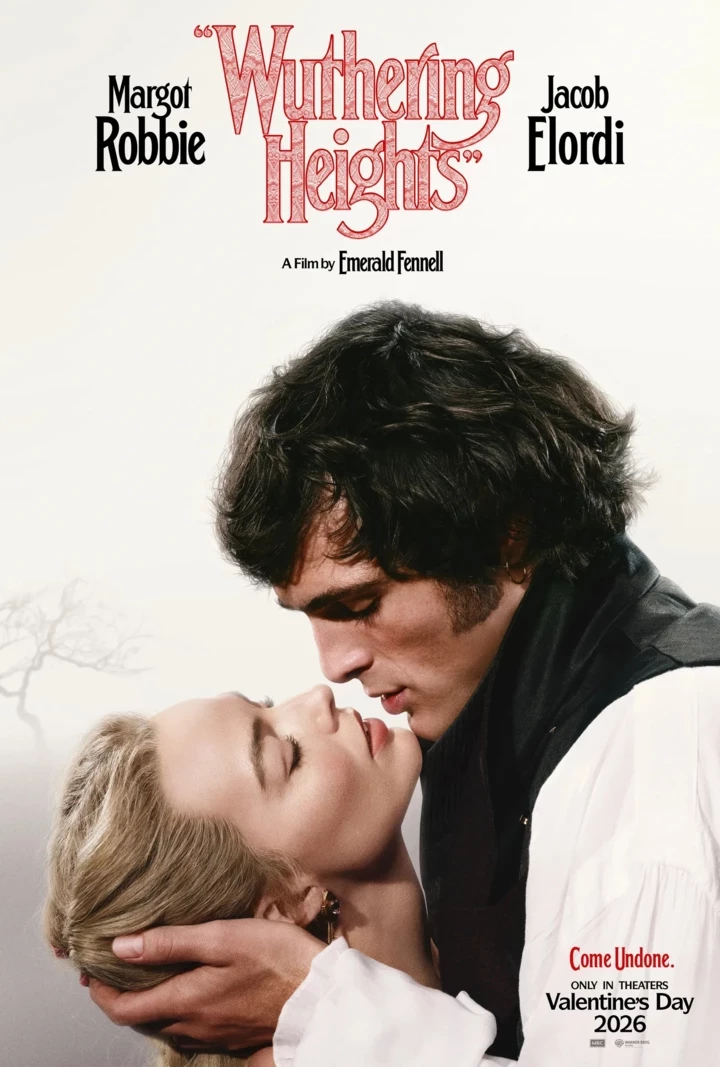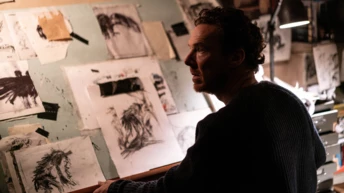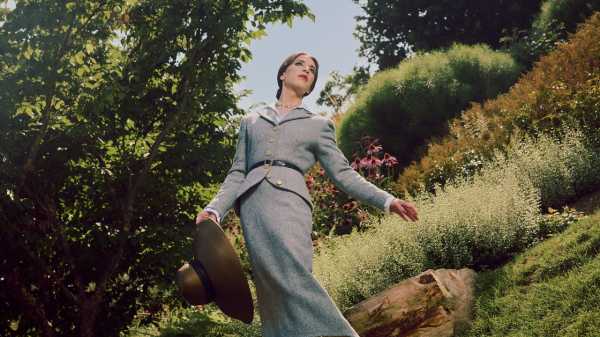
Save this storySave this storySave this storySave this storyYou’re reading the Goings On newsletter, a guide to what we’re watching, listening to, and doing this week. Sign up to receive it in your inbox.
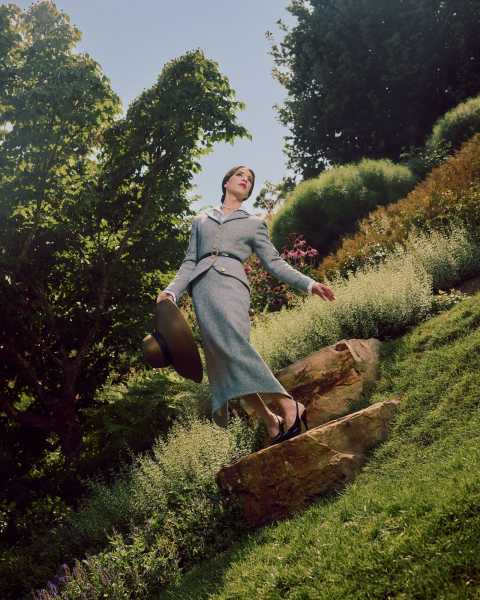
A portrait of Anthony Roth Costanzo in his costume for “Galas,” at Little Island on August 3, 2025.Photograph by George Etheredge for The New Yorker
Last summer’s season at Little Island scored a hit with Anthony Roth Costanzo’s glittering version of “The Marriage of Figaro,” in which the countertenor sang all the parts in Mozart’s masterpiece, from basso suitor to twittering soubrette. That show was, in its way, radically exposing: at one point, Costanzo swallowed a scoping camera so that the audience could see his vocal cords flexing as his voice changed registers. This summer, Costanzo becomes just one character: the histrionic diva at the center of “Galas,” Charles Ludlam’s camp melodrama from 1983, directed by Eric Ting, inspired by Maria Callas, whose operatic life rivalled the roles she played onstage. The part should fit the extravagantly gifted Costanzo like a long buttoned glove; his dark glamour recalls Callas’s mid-century fabulousness, and his extraordinary sound echoes her own smoky timbre, the resonance of a voice and a personality on fire.—Helen Shaw (Little Island; Sept. 6-28.)

About Town
Broadway
Two disparate, if not duelling, impulses inhabit “Take a Banana for the Ride,” a solo show written and performed by the comedian Jeff Ross. One is the roasting he’s famous for, sometimes directed at audience members (latecomers beware) and sometimes at himself (“a Jeff Bezos blow-up doll”). But barbed humor proves to be only the skin encasing Ross’s true purpose: gleaning life lessons from the deaths of loved ones, beginning in adolescence when his mother passed away from leukemia. Like bananas, he claims, we’re better with bruises—they make us sweeter. Really? In my experience, including this show, the result is often mushiness. Next to the freshness of his jokes, Ross’s lessons—relationships are what matter, laughter is healing—seem all the more overripe.—Dan Stahl (Nederlander; through Sept. 28.)
Pop Rock
The sisters of the pop-rock band Haim, who are all multi-instrumentalists, began as members of a family cover band, and have since jelled into a unit that is as synthesized as it is referential. The trio’s repertoire includes hooky Americana influenced by R. & B. (“Days Are Gone,” from 2013), the soft rock of the eighties (“Something to Tell You,” from 2017), and just about everything else on the monumental 2020 album “Women in Music Pt. III”—electro-pop, funk, country rock, even reggae. The band’s new album, “I Quit,” produced by Danielle Haim with Rostam Batmanglij, is even more eclectic, if a little chaotic—representative of a band that is eager to do everything and too talented not to try.—Sheldon Pearce (Madison Square Garden; Sept. 8.)
Dance
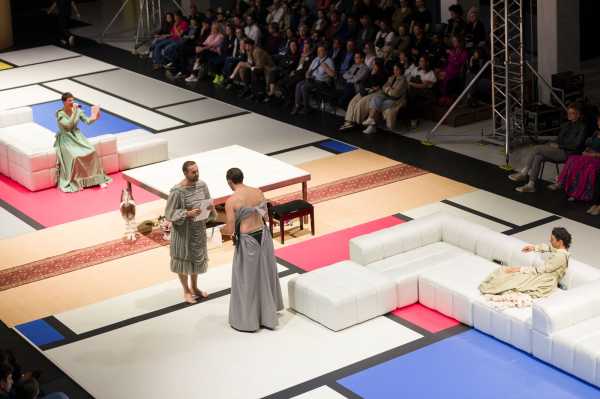
Trajal Harrell’s “Monkey Off My Back or the Cat’s Meow.”Photograph by Tiberio Sorvillo
The vastness of the Park Avenue Armory can swallow dance performances that aren’t appropriately scaled. But Trajal Harrell’s “Monkey Off My Back or the Cat’s Meow” was created for a cavernous space, the Schiffbau of the Schauspielhaus, in Zürich, where the American-born choreographer led a dance ensemble from 2019 to 2024. Like much of Harrell’s work, this is a runway show in which Harrell presides (sometimes as Anna Wintour) over a large, diverse cast of dancers who strut the catwalk in a profusion of outré outfits, mixing in voguing and Butoh. Here, the idea of freedom is introduced through recitations of the Declaration of Independence, and the difference between liberty and indulgence is in danger of being blurred.—Brian Seibert (Park Avenue Armory; Sept. 9-20.)
Broadway
“Bye-bye doesn’t mean forever,” the title song of the ABBA jukebox musical “Mamma Mia!” declares. So true—both for this megahit’s return to Broadway and for its single-mom heroine, Donna (Christine Sherrill). As a free-spirited rocker on a Greek island, she hooked up with three men one fateful summer in 1979; none stuck around, but one impregnated her. Which one? That’s what her daughter, Sophie (Amy Weaver), now twenty, aims to find out by inviting all three, sight unseen, to her wedding. The breezy absurdity of the plot hardly matters in the face of the show’s brio; like an ABBA banger, it sweeps you up in its emotional current, especially when Sherrill sings. Plus, there’s a chorus line in swim flippers.—D.S. (Winter Garden; open run.)
Movies
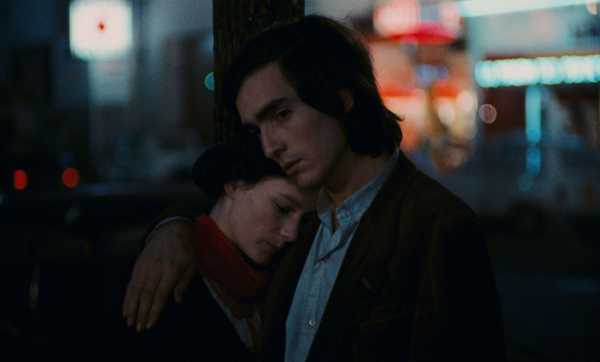
Isabelle Weingarten and Guillaume des Forêts, in “Four Nights of a Dreamer.”Photograph courtesy Janus Films
Robert Bresson’s 1971 drama “Four Nights of a Dreamer” (now in a new restoration), a distinguished entry in the “kids these days” genre, borrows some nineteenth-century youths from Dostoyevsky’s short story “White Nights.” In the velvety elegance of Paris, Jacques (Guillaume des Forêts, nearly a Timothée Chalamet look-alike), a floppy-haired painter, dissuades Marthe (Isabelle Weingarten) from jumping into the Seine when her fiancé abandons her. Jacques—who follows women in the street, dictates romantic fantasies into a tape recorder, and plays them back to inspire his portraits—falls instantly in love with Marthe and, so, agrees to help her win her fiancé back. Bresson, tuning in to the times with wry views of rockers and hippies, exalts his protagonist’s self-sacrificing devotion as untimely and sublime.—Richard Brody (Film Forum; Sept. 5-18.)
Classical
Studies have shown that listening to classical music can help relieve anxiety. (One might imagine that these investigations exclude dissonant works like “The Rite of Spring,” Ligeti’s “Devil’s Staircase” étude, and most things by Xenakis.) The music series MindTravel wholeheartedly agrees with those findings: it aims to amplify the wellness benefits of music, combining performances with meditation and mindfulness practices. Continue your Labor Day relaxation into the week with a “silent” concert in Central Park. Each participant puts on headphones and listens to a minimalist composition being created in real time by the tech entrepreneur and theoretical-physics nerd Murray Hidary. You’ll have to bring your own blanket or chair, but the music may move you to leave it behind and float through the trees.—Jane Bua (Naumburg Bandshell; Sept. 4.)
Industrial Rock
For many years, the singer-songwriter Trent Reznor stood at the center of the industrial-rock band Nine Inch Nails as a one-man wrecking crew, singing out front while also playing most of the instruments and serving as a producer. N.I.N.’s 1989 début album, the synth-powered “Pretty Hate Machine,” established Reznor as a gifted polymath, but it was “The Downward Spiral” (1994) that defined the band’s moody sound, bridging techno, hard rock, and noise. Since 2016, Reznor has been joined by Atticus Ross, with whom he has composed several uncanny film scores. The “Peel It Back” tour plays directly into the eeriness of N.I.N.’s sonic ecosystem; set across two stages, 3-D images are projected to generate a hallucinatory environment.—S.P. (Barclays Center; Sept. 2-3.)
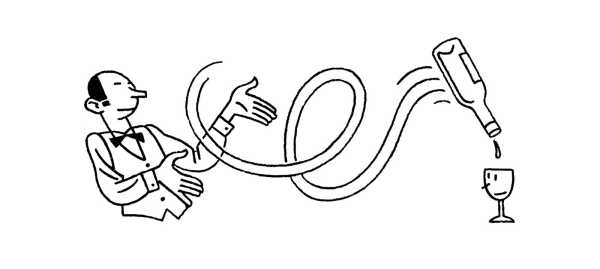
Bar Tab
Shauna Lyon finds rollicking country music and rockabilly blues at Lucinda’s.
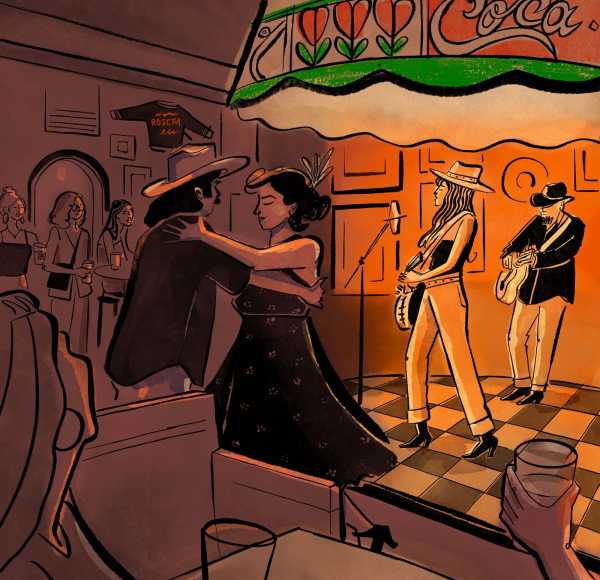
Illustration by Patricia Bolaños
A few weeks ago, a new bar co-owned by Lucinda Williams was launching in the East Village, and, this being New York City, it was sorta no big deal that Williams herself would be the opening-night headliner. Lucinda’s—situated in the spot that was formerly HiFi, and before that Brownies, a tiny, quintessential rock-music venue that, from the eighties until 2002, hosted countless indie-rock acts on their way up (Cibo Matto, the Strokes, the Yeah Yeah Yeahs)—was now kitted out as a honky-tonk dive. The dingy walls were plastered with art work of Muddy Waters, Hank Williams, Sister Rosetta Tharpe; stained-glass pendant lights cast an amber glow over the bar and a few booths in the back. The house was packed, the bar was cash (a beer goes for eight or nine dollars; a glass of wine an undive-like fifteen), and Laura Cantrell, in an emerald top with dark-red hair and the voice of an angel, sang a few earnest country numbers. An hour or so later, Williams, fabulous at seventy-two, in a platinum-blond shag and New York City-black pants, jacket, and Converse, took the stage and ran down the concept: “That’s what this bar is all about: dirt and sweat. Dirty and sweaty.” Then she rasped and slithered into the rockabilly banger “Let’s Get the Band Back Together,” kicking off a ten-song set while the crowd surged forward with screams and hoots. A couple weeks later, on a sparser Monday, there was more live music—part of the bar’s no-cover programming of bluegrass, country, and Delta blues. Brian (Howlin’) Hurd, of Daddy Long Legs, screeched and belted and played the hell out of his harmonica, sliding through several steel-guitar and stand-up-bass blues-rock numbers, with titles such as “My Baby Done Gone.” “There’s people two-stepping up there,” one patron, still in polite mode while sipping a Jameson on the rocks, observed. Soon, lone dancers joined the couples, swinging in Doc Martens and cowboy boots, muscle Ts and halter tops and jean skirts. “If I don’t go crazy, I will surely lose my mind,” Howlin’ Hurd growled, sounding not a little like Johnny Cash.
What to Watch
Hua Hsu on movies to get you into a back-to-school mood.

“A Brighter Summer Day,” from 1991.Photograph from Janus Films / Everett
Bill and Ted’s Excellent Adventure (Stephen Herek, 1989)
I am of the demographic that still pronounces Socrates “So-crates” because of this 1989 time-travel classic, wherein Bill and Ted, affable metalheads behind on their history homework, transport some of humankind’s inspirational (and slightly heinous) figures to their beloved San Dimas, California. The greatest bit of wisdom is their own: be excellent to each other.
A Brighter Summer Day (Edward Yang, 1991)
Yang’s gorgeous, sad movie looks back at what it was like to be young in the Taiwan of the nineteen-fifties and sixties, growing up alongside a new society but still beholden to the wild swings of passion and cruelty that cloud the horizons of all teen-agers.
Dazed and Confused (Richard Linklater, 1993)
The greatest of all hangout movies. I have no idea how accurate Richard Linklater’s coming-of-age tale was to life in Austin, Texas, in 1976, but it perfectly captures the desire to find your tribe, as well as that melancholy ecstasy of the last day of school—and the anticipation of the fall, to see who changed and who didn’t.
Bring It On (Peyton Reed, 2000)
A masterpiece of deeper-than-you-think teen cinema, “Bring It On” is a garishly fun story of rival cheerleading squads, full of cheers and routines that will get permanently etched in your brain. The movie also manages to deliver commentary on the wrongs of cultural theft. Bonus points for Cliff Pantone, an iconically late-nineties instantiation of the “edgy outsider” turned boyfriend material trope.
Bottoms (Emma Seligman, 2023)
“Revenge of the Nerds,” only it’s two uncool lesbians—played by the generational talents Rachel Sennott and Ayo Edebiri—who aspire to make out with cheerleaders . . . so they start a fight club. A glorious reminder of what it is like to be young and absurd.
Sourse: newyorker.com



